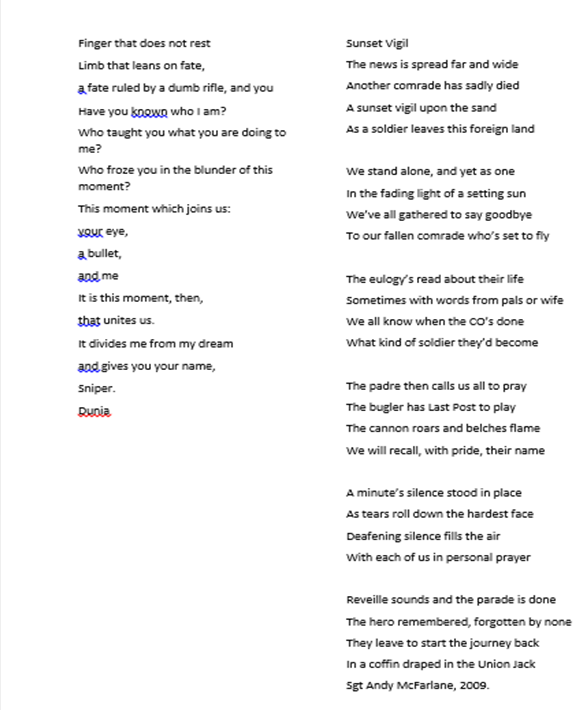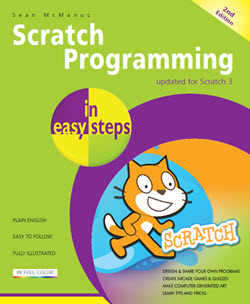Another fun filled expedition with my Ruby to delve into the world of science. This time it was another impromptu discussion brought up by the world around us. The location was the cycle path along by Barry Buddon (army base), a lovely contrast of environments: golf and a train track on one side and gunfire on the other with a wildlife rich walk slap bang in the middle. We often walk along here to watch the trains, identifying the company names and cargo we think they might be carrying and to where. Ruby’s keen eye spotted something large and furry as she rode her horse Star (bicycle) along the path. I was welcome of the break as her four wheels move much faster than my two legs.
The following video is of her recalling knowledge, the catalyst for this being the presence of the caterpillar. Ruby appears to be hanging like a cocoon in this video and Ollie the dog is a bit out of puff (it isn’t me). My mini scientist then went on to discuss the different appearance of the cocoon and caterpillar in relation to whether the insect would be a moth or a butterfly. The brighter or greener the outside then it was more likely to be a butterfly. The darker or hairier the outside it was more likely to be a moth. Every day is a school day! Ruby deduced that our fluffy caterpillar would most likely become a moth but we would have to come back to see because it would be unfair to take it home.
As a child I learnt about the butterfly life cycle, read the Hungry Caterpillar, was able to dig and explore outdoors whenever I wanted at home and was amazed by their delicate but intimidating presence on a trip to Butterfly World in primary 1. Considering that was 24 years ago I believe this shows what a profound effect the whole topic and the teacher had on my love of creepy crawlies. Spiders are even included in that. I understood we were much bigger than them, we should care for them and they have very important jobs to do. Within the science benchmarks for early years, SCN1-01a discusses consideration of growth and sorting organisms by features. I find this a tenuous link really, which made me question why the humble butterfly’s life cycle is one regularly taught, what children gain from this and why did this work so much better outside.
Instruction from Education Scotland in the Science Benchmarks is to allow children to develop understanding and skills in a practical manner(Benchmarks, pg2). My memories are vivid due to hands on experience outside of a classroom. But does real life experience in the outdoors engage learners? Currently the Association for Science Education, a UK organisation, champions the need for outdoor education in the field of Science education. In Scotland specifically, Education Scotland have the Curriculum for Excellence Through Outdoor Learning document, that encourages “planning for spontaneous local visits when weather is favourable.”(pg13) Slightly confusing terms: having to organise something spontaneous and only head outdoors if it is sunny?! We live in Scotland. Furthermore, science education is explicitly mentioned once (pg8) in the outdoor education document and the outdoors are mentioned only once (pg2) in the benchmarks. Consider also that a recent (2016) paper by the University of Edinburgh, Outdoor Learning in Scotland:Issues for Education, identified that not enough was being done beyond policy making to insure children had true engagement in outdoor education. This was due to a lack of training, provision, awareness, facilities and accountability (pg3).
I am just doing as I am encouraged at University and questioning the didactic methods in the hope that this will help me be the teacher I want to be within the Scottish education system. I know, from experience in classrooms that last minute trips do happen whether it is a trip to the playground to read a book or wandering in the local area to discuss homes. I can’t however, help but think that maybe more teachers would feel more confident in utilising the outdoors if they felt wholly encouraged and at times told. Theorists such as Pestalozzi and Froebel championed outdoor education, an area I am passionate about. However more recently and most succinctly, Priest (1986) established outdoor education as a system that was dependent on six factors: it was a method; it utilises the wealth of knowledge from experiential theorists like Dewey and Pestalozzi; it is essential for learning; it provides learning opportunities across cognitive, emotional and physical development; it highlights that our curriculum is naturally cross-curricular and a key component is that many relationships contribute to a child’s education (Watchow, Brown, 2011, pg18). This encourages me to pursue my pedagogical stance whilst teaching science.
How could the butterfly engage children in outdoor learning? How can it not? The butterfly is just so magical! The charity, Butterfly Conservation have an interesting breakdown of the scientific and educational value the butterfly and moth hold within the UK, all under the heading Why Butterflies Matter. This got me thinking of a stimulus for a topic about extinction, migration and adaptation in the natural world. The butterfly is a prime candidate.
 photo credit New Scientist
photo credit New Scientist
Imagine the conversations and investigations that could occur from placing this image or even better an imitation of this in a small wooden crate surrounded by shredded paper and handled with white gloves delivered with a stamp from the Scottish Museum? Or bury it in the play ground or shallow trough for children to excavate. Taking the children butterfly spotting in spring, can we find any? Why not? What can we do to bring them here? You could possibly explore life cycle, adaptation, extinction and most importantly conservation. The E&O being SCN2-01a the survival and adaptation of a species. I would be interested as an adult, let alone a child.
Whilst meeting Es and Os is important and guaranteeing progression enables life long learning I cannot help but feel a prescribed curriculum could occur if sole focus of meeting E&Os is stringently followed. I understand it is discouraged within the Benchmarks and that they are not for assessment but I had to scour the Experiences and Outcomes to shoe-horn the butterfly life cycle in when I know it is covered so frequently and how exciting it can be. There is no doubt that science lends itself to inquiry-based learning, in the outdoors with field work and that is aided by interest, opportunity and passion. Not ticking of boxes.
As Ruby and I discussed her bike may well have ended that caterpillars hurried journey to safety and food. Being outside, being aware of the human role and responsibility in the world of nature is one that is dear to my heart. An area I believe science in the Scottish Primary can really uncover and have lifelong impact upon.




